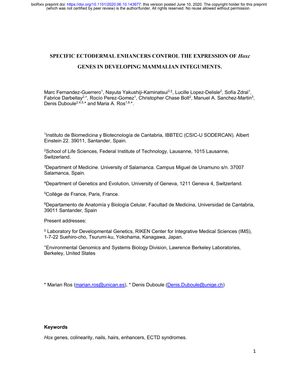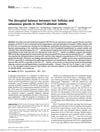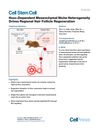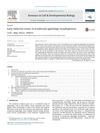Specific Ectodermal Enhancers Control the Expression of Hoxc Genes in Developing Mammalian Integuments
June 2020
in “
bioRxiv (Cold Spring Harbor Laboratory)
”

TLDR The HoxC gene cluster and its enhancers are essential for developing hair and nails in mammals.
The study investigated the role of Hox genes, specifically the HoxC gene cluster, in the development of mammalian integuments such as hair and nails, using mouse limb buds as a model. The researchers found that the HoxC gene cluster is crucial for the transcription of genes in the distal limb ectoderm, which leads to the production of keratinized organs. Mice with a deletion of the HoxC cluster exhibited anonychia (lack of nails) and alopecia (hair loss), indicating a more severe condition than the loss of function of Hoxc13 alone, which is known to cause ectodermal dysplasia 9 (ECTD9) in humans. Additionally, the study identified two mammalian-specific enhancers upstream of the HoxC gene cluster that synergistically regulate Hoxc gene expression in hair and nail ectodermal organs. Deleting these enhancers revealed their role in providing the necessary levels of HOXC proteins for proper hair and nail development. The findings underscore the essential function of the HoxC gene cluster and its enhancers in the development of ectodermal organs, with implications for understanding congenital conditions like anonychia and alopecia.



